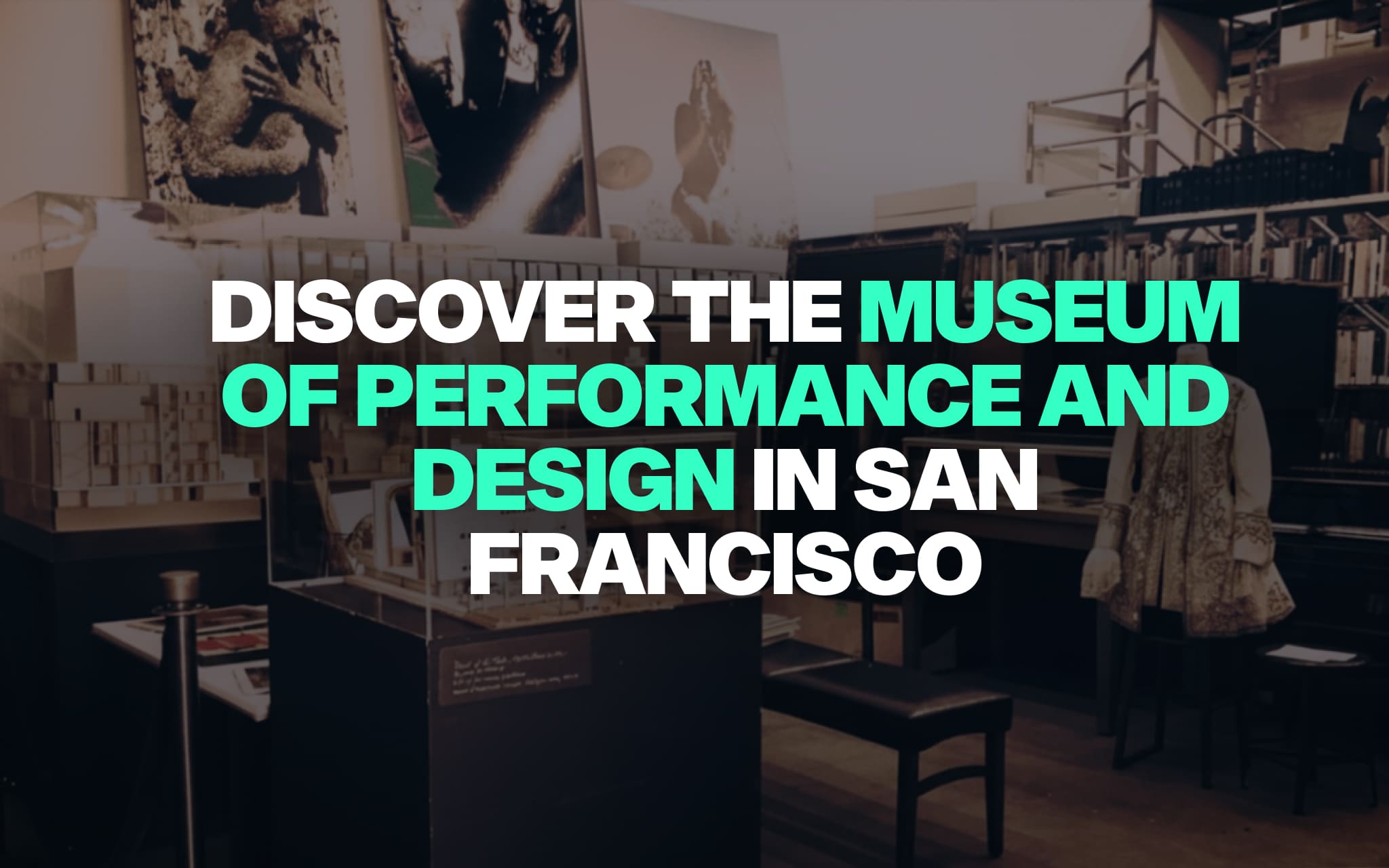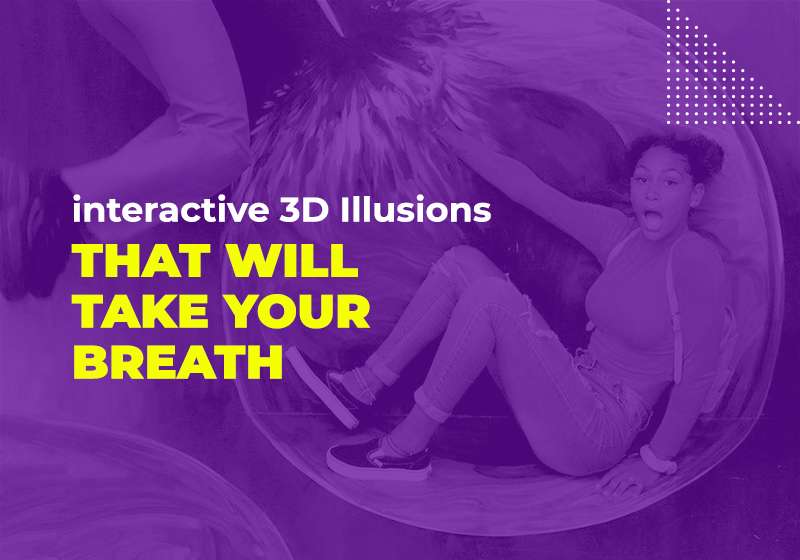
Step into the world of theatrical brilliance at the Museum of Performance & Design in San Francisco, a cultural institution dedicated to preserving and celebrating the vibrant legacy of the performing arts. Founded in 1947 by Russell Hartley, a visionary with deep ties to the San Francisco Ballet, the museum has grown into a unique space where history, creativity, and artistic innovation intersect. It is more than a building—it is a living archive of artistic expression.
Originally established as the San Francisco Performing Arts Library & Museum, the institution adopted its current name in 2007 to better reflect its expanded role in capturing the artistry of performance and the imaginative contributions of design. This museum is recognized as the only independent organization in the United States solely devoted to the history of live performance and theatrical design. Its mission remains tied to documenting and honoring the cultural fabric of San Francisco and beyond.
By safeguarding the creative endeavors of dancers, actors, musicians, and designers, the Museum of Performance & Design provides visitors with a profound sense of how art has shaped both the city and the nation. The museum is a place where the past continues to inspire the future, ensuring that generations can experience the power of performance and the brilliance of design long after the curtain has closed.
Collections and Archives of Performance and Design
The Museum of Performance & Design houses one of the most extensive archives of performing arts materials in the United States, boasting over 3.5 million items. Visitors and researchers can explore everything from costumes and original design sketches to stage models and rare audio recordings. These objects offer vivid glimpses into the artistry that has defined the stages of San Francisco for decades.
Among its most celebrated holdings are the archives of the San Francisco Ballet, San Francisco Opera, and the Stern Grove Festival. Each collection underscores how performance has played a central role in shaping the cultural identity of the city. By documenting both mainstream productions and more experimental works, the museum ensures that diverse artistic voices are preserved with equal care.
The collection also includes programs, playbills, photographs, and posters, allowing scholars and enthusiasts to trace the evolution of design aesthetics and performance traditions. These archives provide not just historical documentation but also creative inspiration for artists who seek to build upon the legacy of San Francisco’s vibrant art scene.
Programs, Public Access, and Research Services
Beyond its collections, the Museum of Performance & Design serves as a hub for public engagement and education. It organizes exhibitions that spotlight specific aspects of performance and design, from costume craftsmanship to groundbreaking choreography. These displays bring art to life, offering visitors immersive ways to connect with San Francisco’s cultural past.
The museum also offers research services, making its vast archive accessible to students, academics, and performance professionals. Scholars from around the world rely on this resource to investigate the history of theater, dance, and music, often uncovering treasures that reshape the way we understand performance traditions. This focus on accessibility ensures that the museum is not just a place for passive observation but a dynamic center of discovery.
Public programs further extend the museum’s reach, with lectures, panel discussions, and community events that invite participation from all who love the arts. By bridging scholarship with public engagement, the Museum of Performance & Design in San Francisco fosters an environment where art history becomes a shared experience.
Location and Visitor Information in San Francisco
The Museum of Performance & Design is located at 2200 Jerrold Avenue in San Francisco’s Bayview District, marking a shift from its earlier locations in Civic Center and the Veterans Building. Its current space allows the museum to better serve both researchers and visitors while housing its expansive collections securely. The building reflects the institution’s commitment to both preservation and accessibility.
This location continues a history of adaptation that has defined the museum’s journey. From its beginnings near the San Francisco Ballet to its years in Civic Center, the institution has consistently evolved to meet the changing needs of its community. The move to its present site represents not just a change of address but a renewed commitment to keeping the performing arts at the forefront of San Francisco’s cultural landscape.
Visitors arriving at the museum will find themselves in a district that reflects the diversity and dynamism of San Francisco itself. The surrounding neighborhood provides context to the museum’s mission: a city that has always embraced innovation, performance, and art, and a design philosophy that continues to evolve with each generation.
Highlight: The Museum of 3D Illusions, San Francisco
For those inspired by the interplay of imagination and design, San Francisco offers another attraction that resonates with themes of creativity: The Museum of 3D Illusions. Like the Museum of Performance & Design, it thrives on audience engagement, turning visitors into participants. Its interactive exhibits place guests in the midst of extraordinary visual worlds where art merges seamlessly with performance.
Inside, one may find themselves clinging to the edge of a dizzying skyscraper, escaping the jaws of a massive shark, or soaring high above the Golden Gate Bridge on a magic carpet. Each illusion is carefully crafted by talented artists to provide thrilling, photo-worthy moments that celebrate both humor and wonder. Photography is not just allowed—it is encouraged, ensuring that visitors leave with their own gallery of memories.
The experience continues at “Smash It!,” where guests release creativity and energy by decorating plates before shattering them with joyful abandon. This unusual blend of art and performance design invites participants to experience catharsis in a hands-on way, aligning with San Francisco’s tradition of inventive cultural attractions. Together, these elements make the Museum of 3D Illusions a perfect companion to the legacy celebrated at the Museum of Performance & Design.
Why the Museum of Performance & Design Matters
The Museum of Performance & Design holds a unique place in the American cultural landscape. As the first museum in the country solely dedicated to live performance and theatrical design, it serves as both guardian and storyteller of the arts. Its commitment to preserving San Francisco’s creative history ensures that future generations will continue to be inspired by the achievements of the past.
The museum’s collections span everything from Gold Rush-era music halls to contemporary experimental theater. By curating this broad spectrum, it offers a holistic understanding of how art and performance have shaped the city across centuries. This focus on continuity underscores the essential role of design in transforming ideas into unforgettable experiences on stage.
Ultimately, the Museum of Performance & Design in San Francisco is a vital resource for anyone who values the power of art. It bridges past and present, ensuring that the legacy of performance lives on while providing inspiration for new generations of artists. In doing so, it reminds us that art is not static but an ever-evolving dialogue that continues to define San Francisco’s identity.
FAQ
Does the Museum of Performance & Design in San Francisco have special exhibits?
Yes, the Museum of Performance & Design in San Francisco presents rotating exhibits drawn from its large collections. These displays highlight costumes, stage models, posters, and multimedia materials that connect visitors directly to the history of performance, design, and creative innovation across the region.
How does the Museum of Performance & Design in San Francisco compare to other attractions?
Alongside the Museum of Performance & Design in San Francisco, visitors can explore unique experiences like the Museum of 3D Illusions. Both highlight creative engagement, but the Museum of Performance & Design emphasizes history and archives, while the Illusions museum focuses on interactive performance-inspired photo opportunities.


